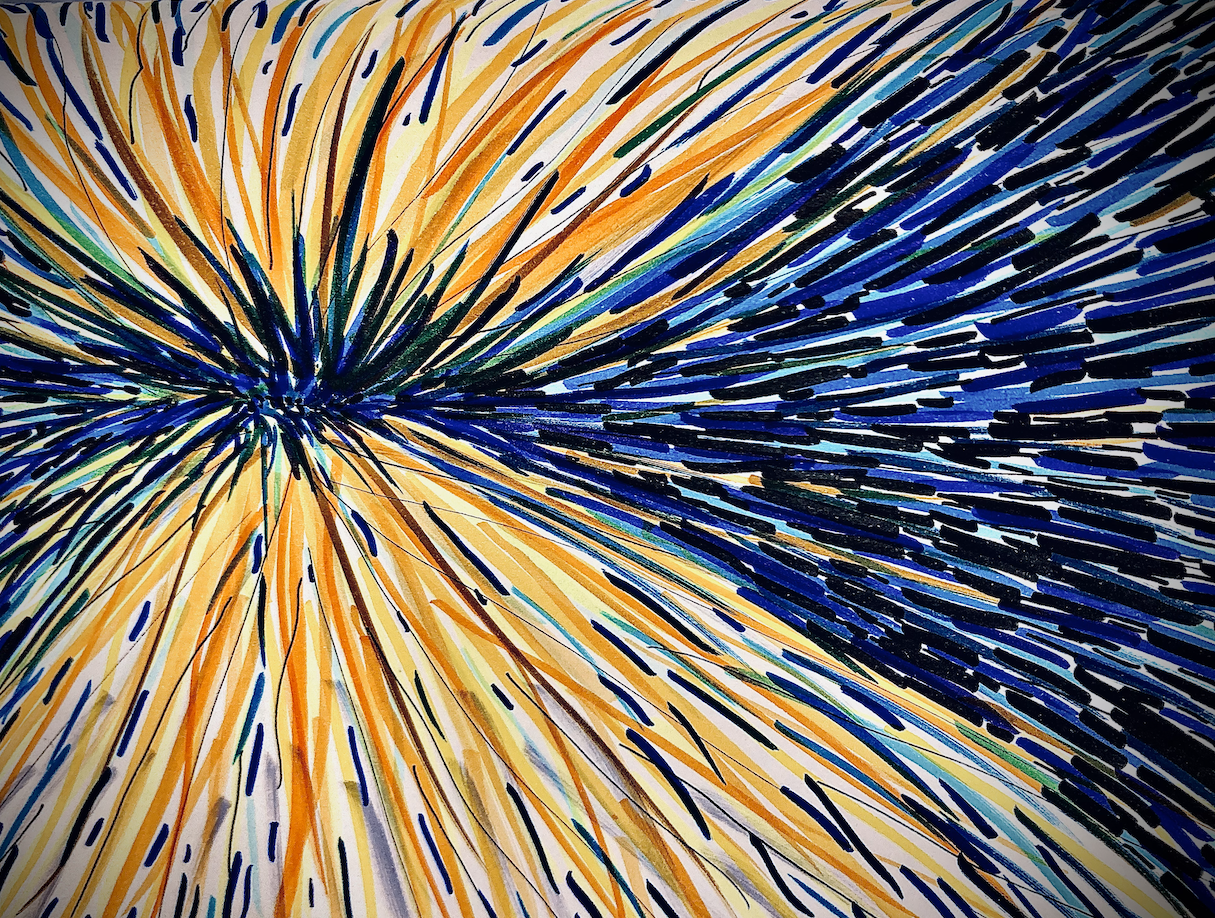

Bored or frustrated with your drawing practice? Try changing it up daily. Helpful for narrative artists, illustrators, and cartoonists.
If you want to tell a story well with words and illustrations, you have to be able to draw several things:
- Characters - People, animals, and even some objects
- Setting - Landscapes, still life
- Book covers - Lettering + all the above
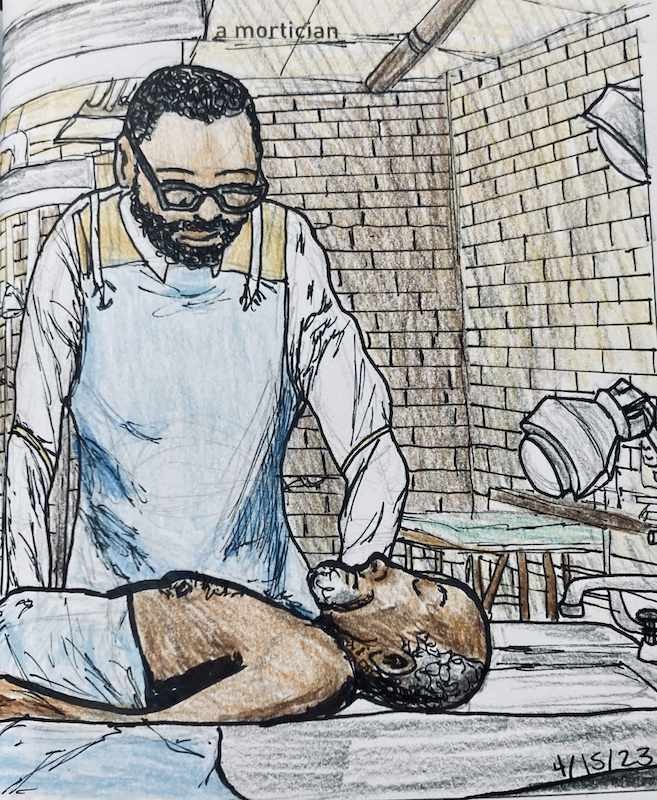
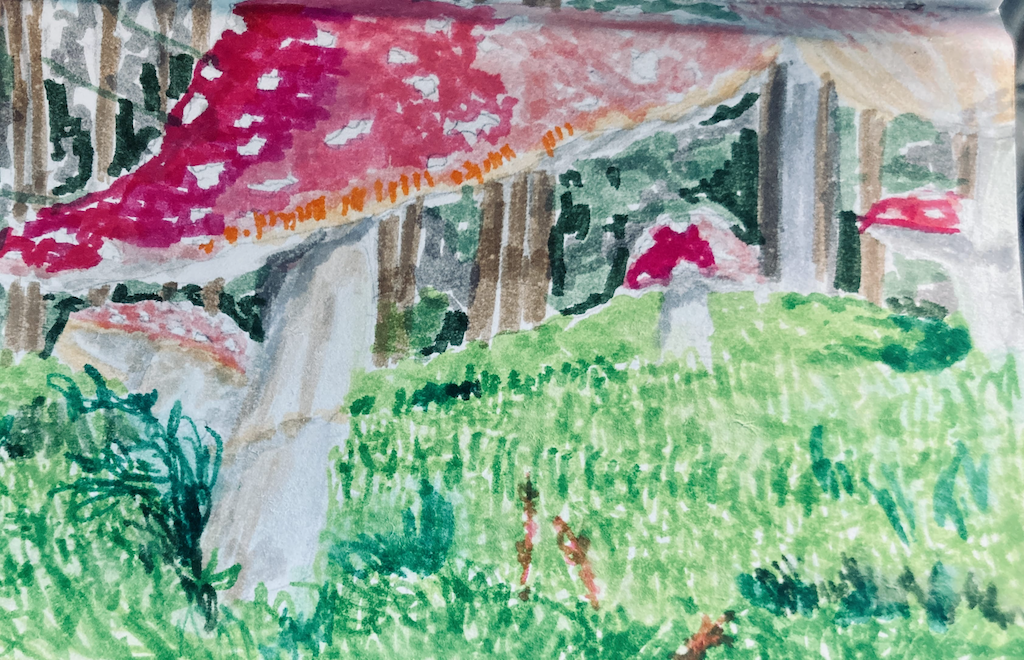
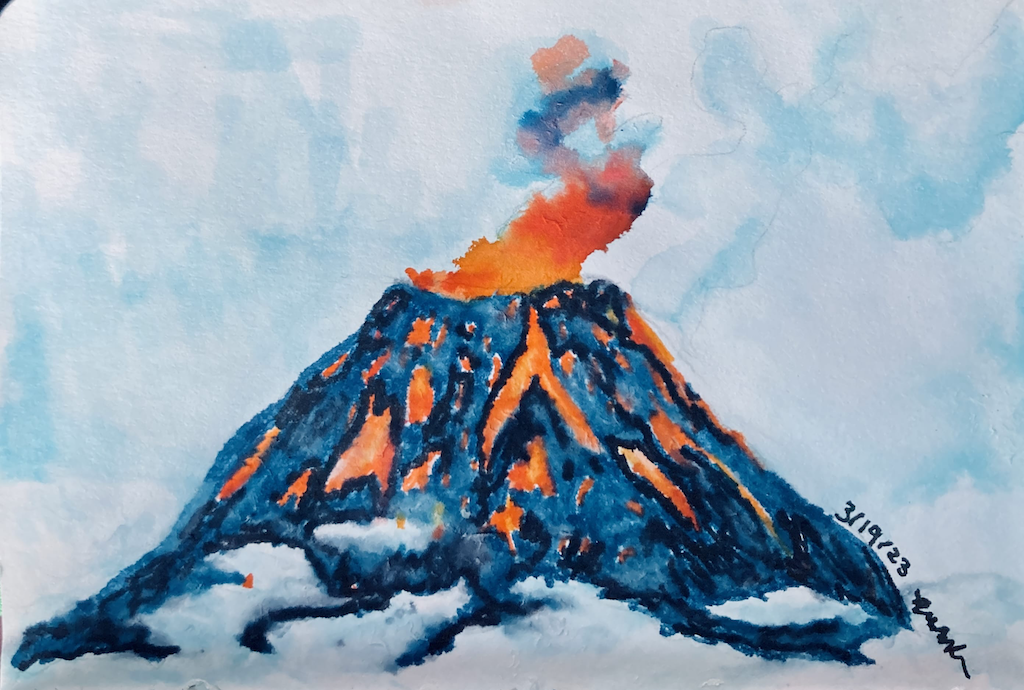
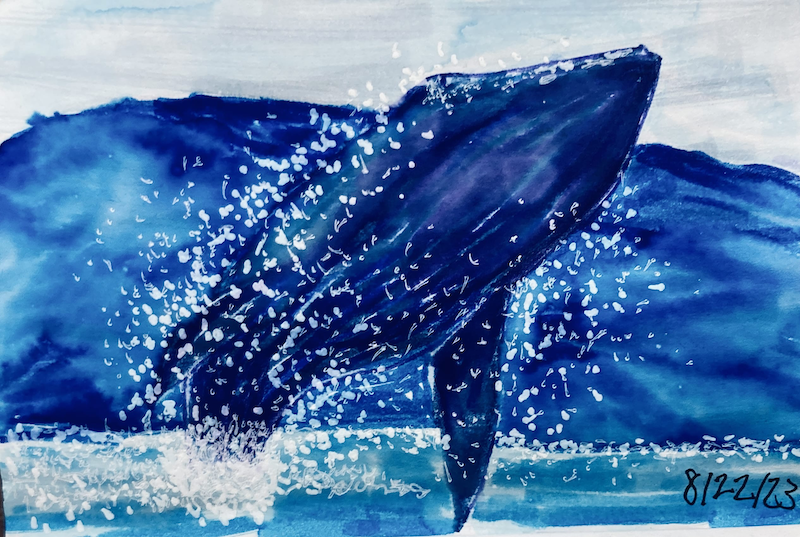
A series of illustrations from top left: A mortician, a mushroom field, a volcano and a whale.
If you're anything like me, you'll have things you love to draw and things you couldn't care less about drawing. While I may not want to draw everything, I want to be capable of drawing anything.
My drawing practice seems chaotic, but it's more enjoyable since it’s always changing. I'm never bored of what I draw or burned out.
Draw Anything, Not Everything
I like to call myself a narrative artist. The characters and setting carry the story in a way that sometimes words can't do alone. Want a story set in steampunk? That means learning about the clothing, tools, and structures used in that world. It means studying the source material and rendering it as true to form as possible.
A story in a modern era requires an understanding of its people and technology. So to some degree, you need to be decent at sketching what's used in your setting and who is in that world.
But you don't need to be a master at drawing everything.
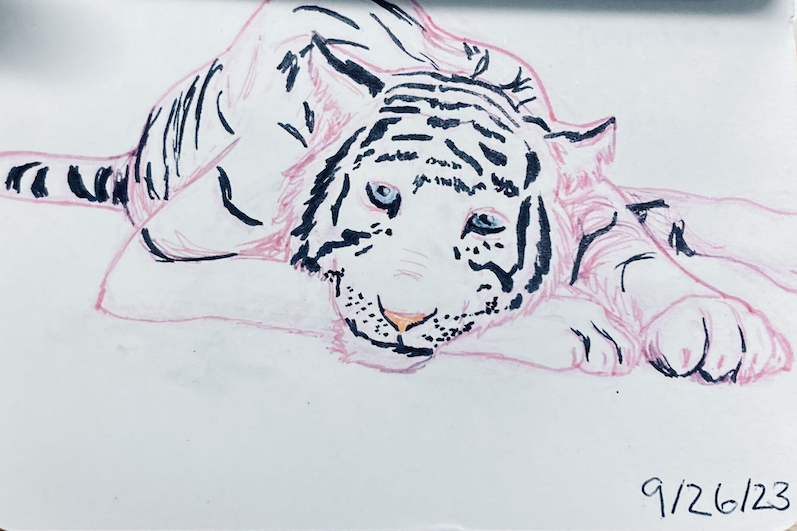
Everybody has their niche or specialty in what they draw. It could be characters, landscapes, spaceships, or simple shapes like icons. They also do these specialties in their unique voice and style. Lean into what you excel at.
Improved Skills Enhance Storytelling
A crude sketch of a building next to an amazing render of a man walking will stick out in the worst way. The same is true for amazing architecture and out-of-proportion people. It's worth the effort to catch up your drawing subjects to others. Take heart in knowing that it all doesn't have to be flawless but good enough to help carry the reader through.
Combine Different Practices and Habits
At art school, I learned plenty and yet it wasn't enough. I still struggle with flat colors, not pushing my values, and making static poses. For at least a week or so, I focus on these problem areas in the form of study as if I were in school.
Try to block out this practice time, make it sacred, and let others know that you are not to bother you. Permit yourself to draw some ugly renders until you draw stellar pieces.
How does all this look in action? Here's how I approach my drawing practice:
- Play to Your Strengths
Mondays are often people's least favorite day, so why not start with something you're good at? I like to draw people because it's important for my stories and it's some of my best work.
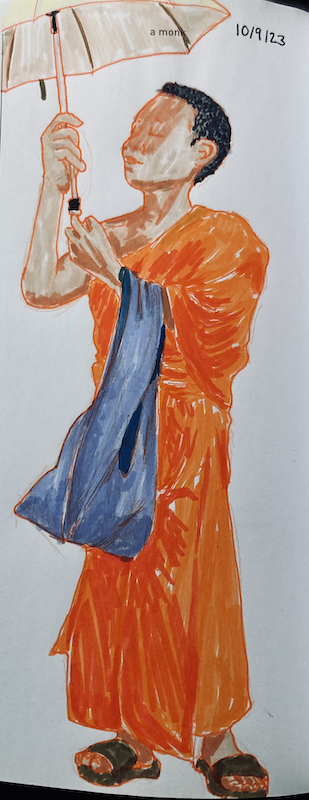
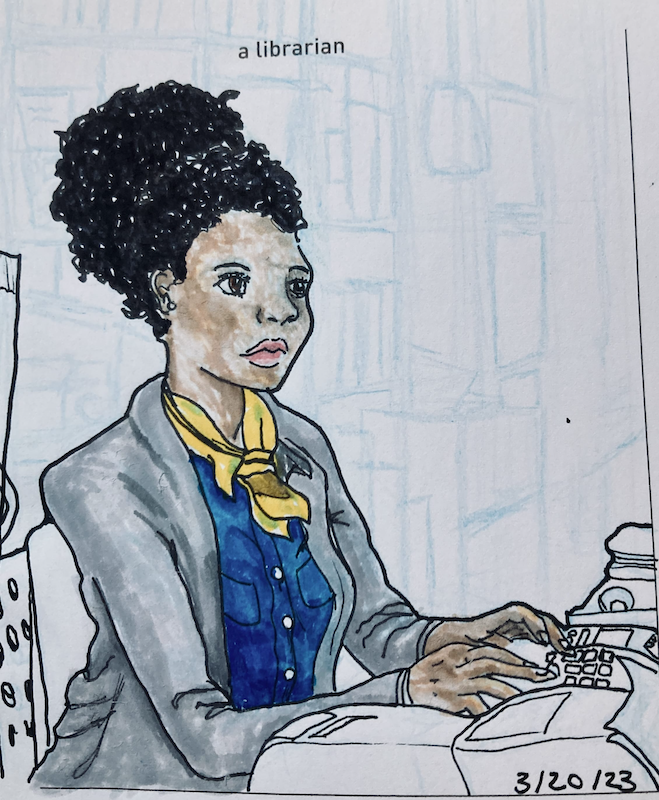
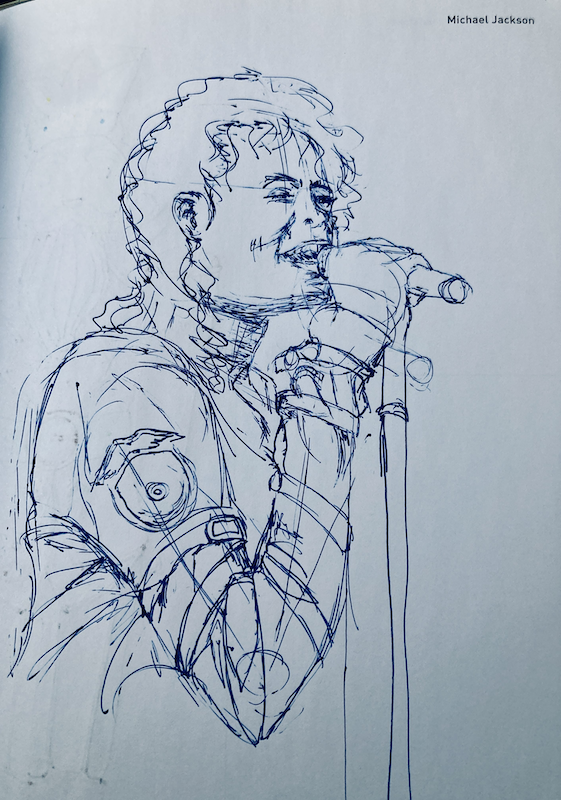
From the left: A monk, a librarian and Michael Jackson.
- Enjoy the Process
On Tuesday I love to draw animals because there is so much variety while still posing a challenge. You can find references or real-life examples.
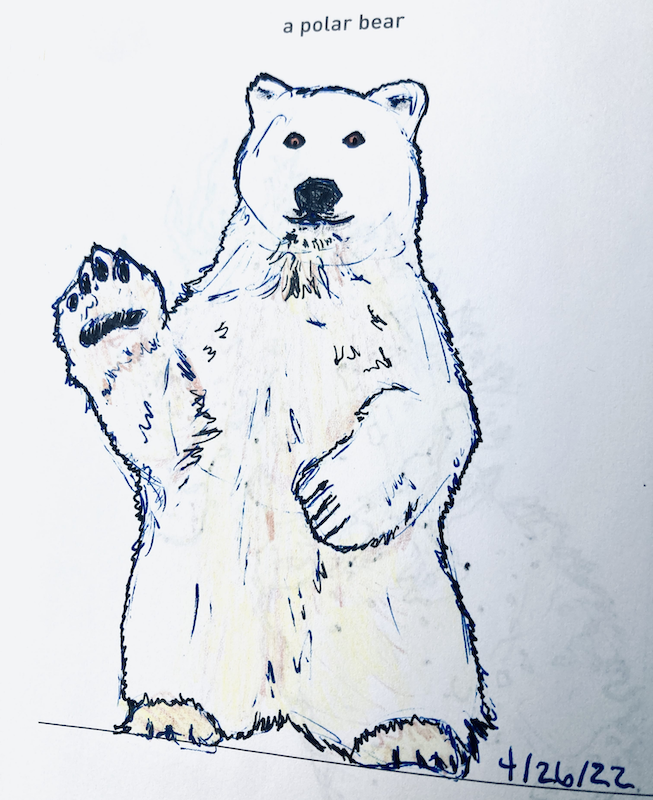
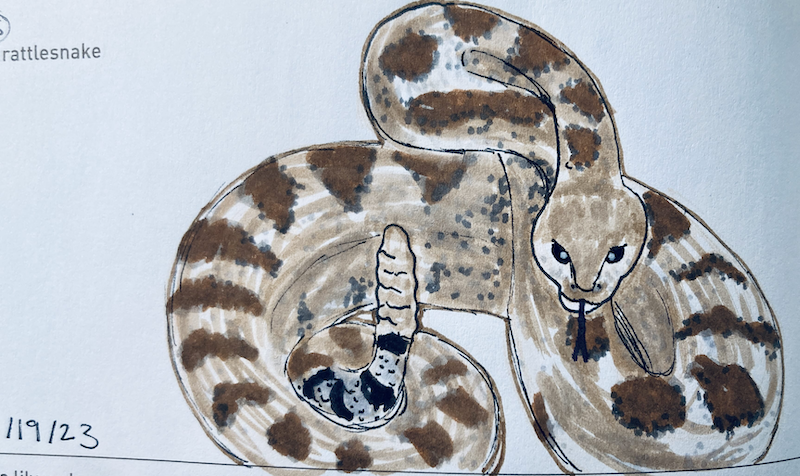
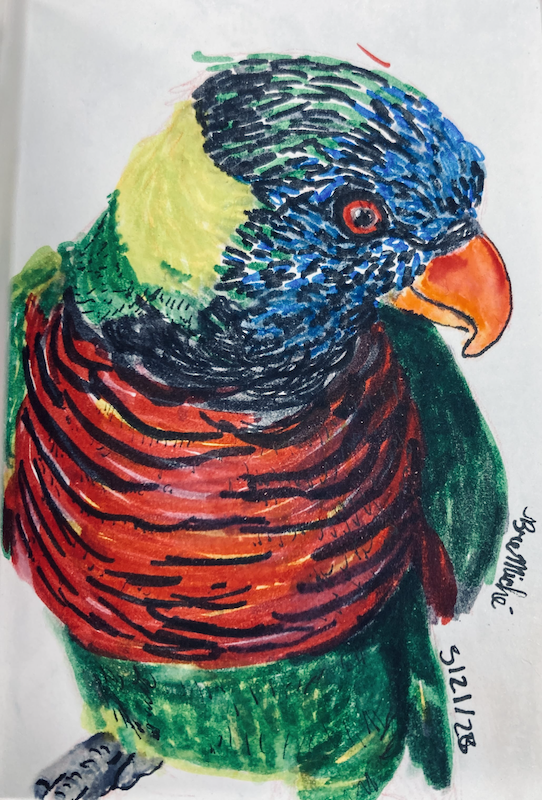
From the left: A polar bear, a rattlesnake, and a parrot.
- Schedule Downtime
On Wednesday I keep it light and loose. Abstract or meditative drawing is relaxing and gives my mind time to pause. No amount of thinking goes into it and it's more about letting things go. Sometimes I don't even draw! Instead, I study color palettes, work on website stuff, or check what others do on social media.
Note: This is now the only day I'm on social media. Social media for me is often a distraction rather than a source of inspiration.
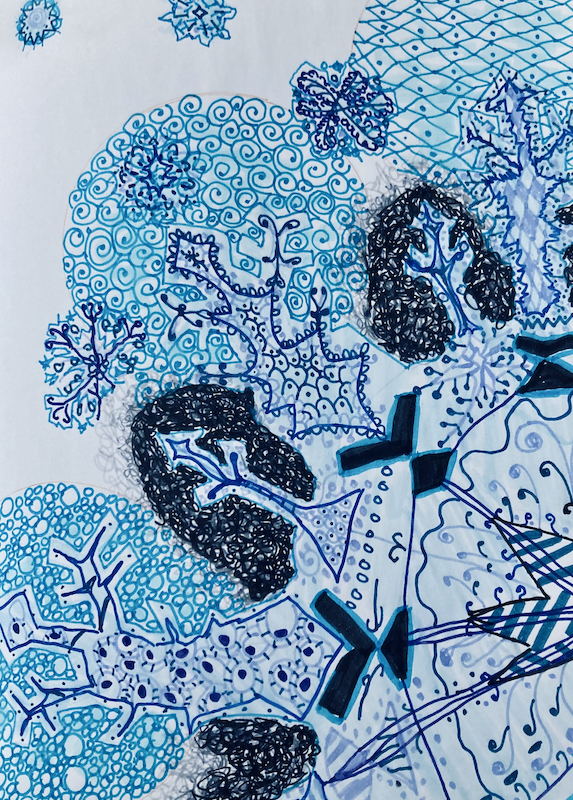
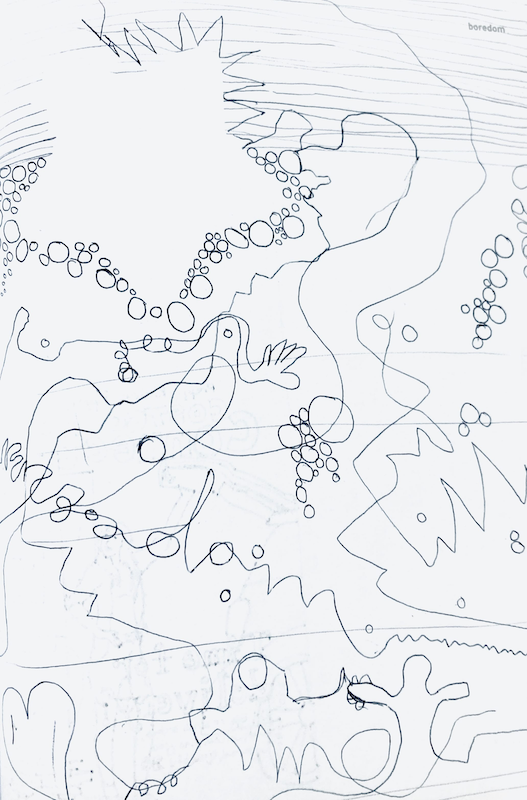
A meditative drawing of a snowflake and a doodle page of boredom.
- Attack Your Weaknesses
My weak point is architecture and objects. I say weak, but I mean boring. The way I get through it is by drawing items that are relevant to the story I'm working on. I also brush up on perspective drawing.
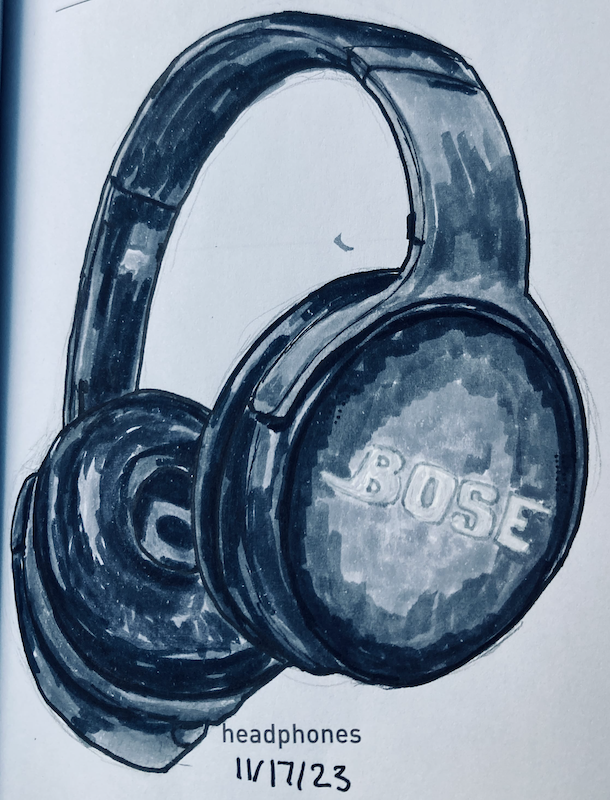

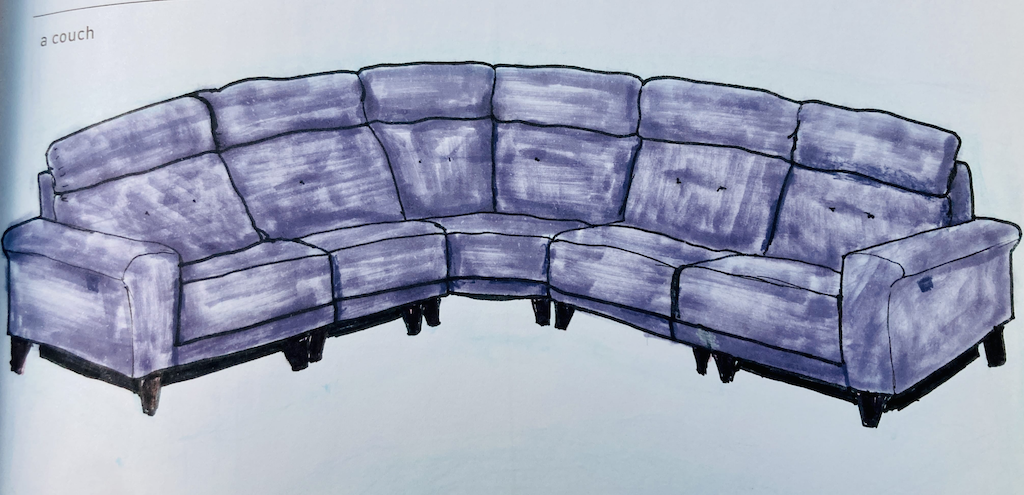
From the left: Bose Headphones, a ship with people, and a couch.
- End on an Exciting Challenge
Typography is one of my favorite things to practice but I'm still new to it. I started with my handwriting, but the faster I wrote, the more disjointed it became. So I sought cursive instead, and then speed and steadiness combined into one fluid motion. It's a shame that schools stopped teaching cursive.
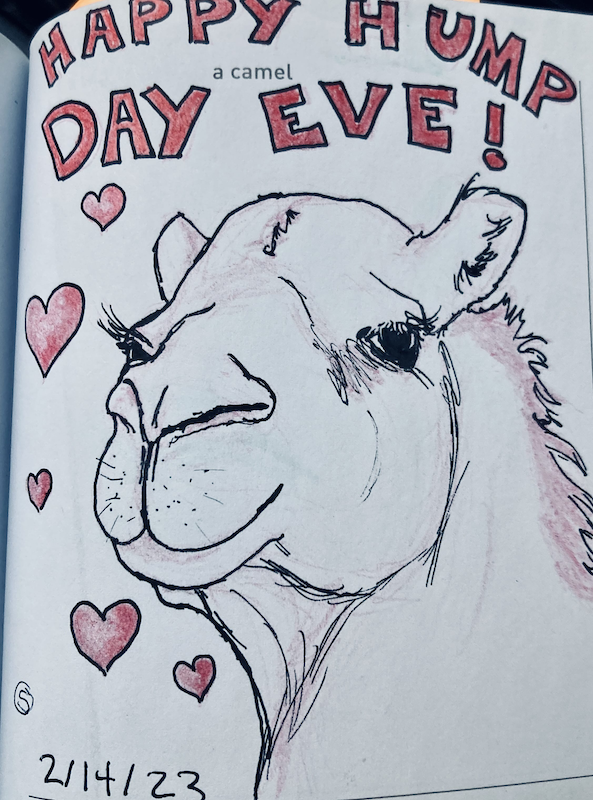
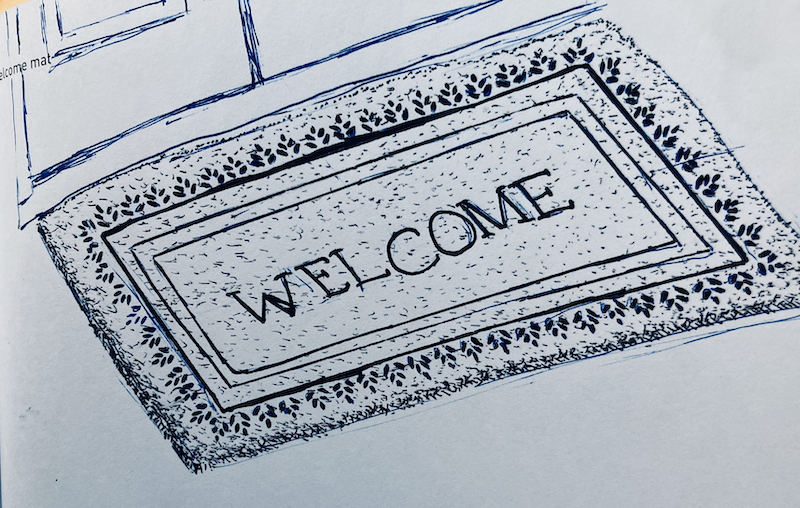
Last year Valentine's Day was on a Wednesday, lol. I didn't use a ruler for the welcome mat...
- Give Grace
I'm not a fan of the "draw every day" rule. If you feel the urge to do it, then that's great. Yet as long as you practice with intention, you will still see improvements. Daily drawing does get you there faster, but that doesn't mean it's required. My goal is never to miss twice; if I do that on the weekends, I can take a break.
How Do You Practice?
Taking time to draw a variety of subjects is key, but not something to stress over. If you struggle to decide on what to draw, start with what you love and are already good at. Then compel yourself to work on your weak areas and add downtime into your routine.
If you have a drawing practice that is different from what's in the mainstream, let me know about it. Part of a practice is being flexible and there's no harm in changing up your routine.